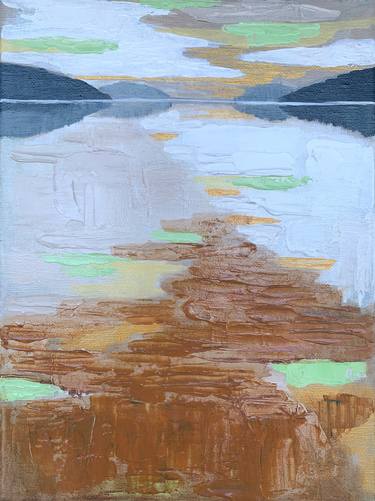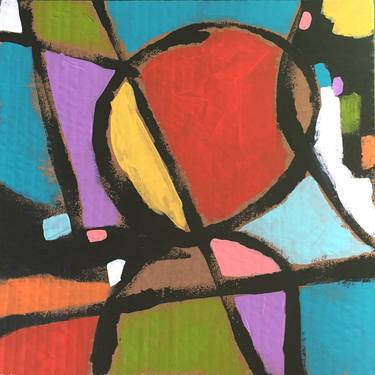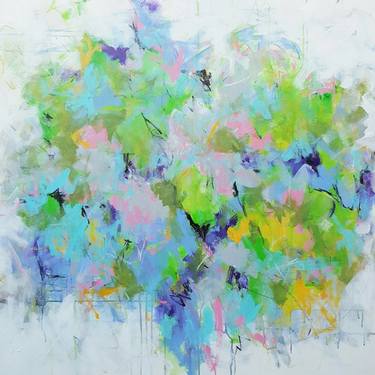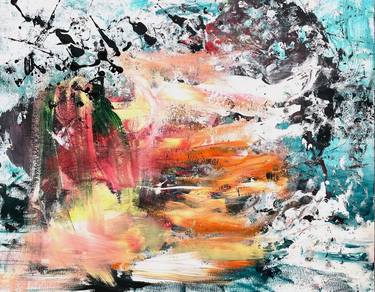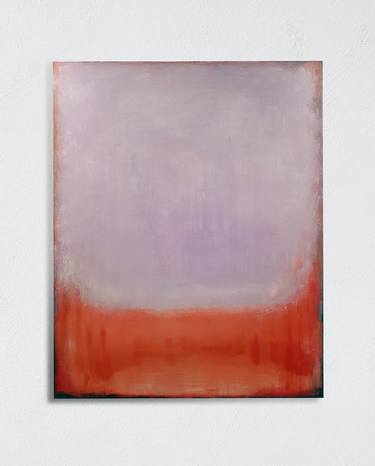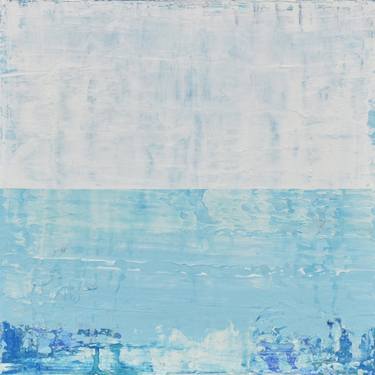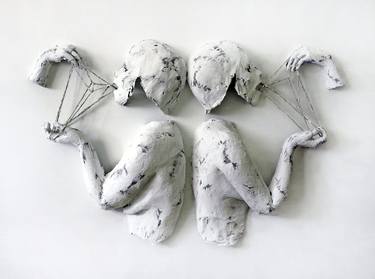- All Artworks
- Paintings
- Modern
Modern Paintings For Sale
Browse art and see similar matches
Try Visual Search
Category
Filter (1)
Filter
Category
Style
Subject
Medium
Material
Price
Size
Orientation
Color
Artist Country
Featured Artist
Paintings, 16.1 W x 22 H x 1.6 D in
United Kingdom
$640
Prints from $40
Paintings, 9 W x 12 H x 0.7 D in
Canada
$300
Paintings, 12 W x 12 H x 1 D in
United States
$950
Prints from $40
# let the kids quiet...the donkeys aren't stupid.
Paintings, 19.7 W x 27.6 H x 0.1 D in
France
$590
Prints from $185
Paintings, 25.6 W x 25.6 H x 3 D in
Japan
$1,190
Prints from $89
Paintings, 47.5 W x 30 H x 1.5 D in
Canada
$1,990
Paintings, 22 W x 29.9 H x 0.1 D in
Italy
$1,690
Prints from $100
Paintings, 39.4 W x 53.5 H x 1.5 D in
South Korea
$4,580
Paintings, 36 W x 36 H x 1.5 D in
United States
$3,760
Prints from $70
Paintings, 16.5 W x 16.5 H x 1.6 D in
Spain
$1,640
Paintings, 47.5 W x 36 H x 1.5 D in
United States
$970
Paintings, 30 W x 21 H x 0.1 D in
United Kingdom
$1,100
Prints from $40
Paintings, 52 W x 64 H x 1.5 D in
United States
$6,820
Paintings, 69 W x 36 H x 2 D in
United States
$10,090
Paintings, 31.5 W x 40.9 H x 2.8 D in
Italy
$1,920
Prints from $100
Neutral Mirroring! diptych (2 pieces, each 110x140cm)
Paintings, 86.6 W x 55.1 H x 0.8 D in
Germany
$4,320
Paintings, 39 W x 31.5 H x 0.1 D in
Germany
$1,260
Prints from $85
Paintings, 11 W x 16.1 H x 0.1 D in
Italy
$1,090
Prints from $100
Paintings, 48 W x 60 H x 1.5 D in
Australia
$7,170
Paintings, 22 W x 30 H x 0.1 D in
United States
$980
Prints from $80
Paintings, 29.9 W x 45.7 H x 0.1 D in
Italy
$2,980
Prints from $100
Preaching happiness to the lost
Paintings, 34.1 W x 56.2 H x 0.1 D in
United States
$4,548
Paintings, 12 W x 12 H x 1.5 D in
Canada
$480
Prints from $40
Paintings, 48 W x 48 H x 1.5 D in
Canada
$4,610
Prints from $52
Paintings, 81.5 W x 55.1 H x 0.1 D in
France
$3,620
Very large painting "Waves XXXL 1"
Paintings, 122 W x 70.9 H x 0.2 D in
Germany
$6,710
Paintings, 17.9 W x 24 H x 0.1 D in
Italy
$750
Prints from $40
Paintings, 54 W x 72 H x 0.1 D in
United States
$4,600
Prints from $40
Saint George and the Dragon, after Raphael
Paintings, 59.1 W x 59.1 H x 1.6 D in
Portugal
$9,650
Prints from $100
Paintings, 78.7 W x 39.4 H x 1.2 D in
Ukraine
$1,070
Paintings, 35.4 W x 39.4 H x 1 D in
Vietnam
$720
Prints from $40
Paintings, 7.1 W x 9.8 H x 0.4 D in
Hungary
$260
Prints from $80
Paintings, 61 W x 32.7 H x 1.5 D in
Germany
$2,460
Paintings, 36 W x 48 H x 1 D in
United States
$3,090
Paintings, 40 W x 40 H x 1.5 D in
United Kingdom
$1,537
Paintings, 22 W x 29.9 H x 0.1 D in
Italy
$2,190
Prints from $100
Paintings, 30 W x 22 H x 0.1 D in
United States
$980
Prints from $80
UNTITLED Portrait work (Elizabeth II)
Paintings, 33.6 W x 41.4 H x 3 D in
Japan
$5,860
Prints from $88
Paintings, 47.2 W x 35.4 H x 5.5 D in
Poland
$7,230
Paintings, 36 W x 24 H x 1.5 D in
United States
$1,430
Prints from $40
Paintings, 31.5 W x 39.4 H x 1.2 D in
Vietnam
$1,340
Paintings, 15.7 W x 19.7 H x 0.1 D in
Italy
$1,640
Prints from $100
Paintings, 39.4 W x 39.4 H x 1.6 D in
Netherlands
$2,950
Paintings, 12.6 W x 15.7 H x 0.5 D in
United Kingdom
$1,350
Prints from $40
mirror series UNTITLED Portrait
Paintings, 12.6 W x 17.3 H x 1.7 D in
Japan
$1,120
Paintings, 27.6 W x 19.7 H x 1.2 D in
Turkey
$1,290
Prints from $95
Paintings, 23.6 W x 28.4 H x 1.5 D in
South Korea
$1,980
Paintings, 59.1 W x 47.2 H x 1.8 D in
Germany
$5,140
Prints from $57
Paintings, 39.4 W x 36.2 H x 0.1 D in
Ukraine
$1,270
Prints from $100
I will see you in the future 3
Paintings, 16.1 W x 20.1 H x 0.1 D in
Italy
$1,640
Prints from $100

